Quick introduction to the Subclass 482 Temporary Skill Shortage Visa
Some of the most common enquiries we receive from clients have to do with the subclass 482 visa (482 Visa) – both from the perspective of employers seeking employees, or employees living overseas who are hoping to move to and work in Australia. In general, this visa is suitable for situations where an Australian employer wishes to employ someone from overseas for up to four years, and provides a path to permanent residence. Should an employer instead be hoping to bring someone to Australia to assist with a single project in the short-term, there are other visas that are potentially more suitable to this end. The aim of this article is to provide a quick summary of the mostly commonly seen subclass 482 visa (i.e. not the labour agreement stream).
To be eligible for the 482 Visa, the employer needs to identify an appropriate occupation for the visa applicant. There are restrictions as to what kinds of occupations are eligible for a 482 Visa. At the moment, there are two lists of occupations available:
Short Term Skilled Occupation List (STSOL); and
Medium and Long-term Strategic Skills List (MLTSSL).
Occupations on the STSOL are generally eligible for a 482 Visa that will be valid up to 2 years unless an international trade obligation (ITO) applies. If an ITO does apply, even occupations on the STSOL are eligible for a visa up to 4 years (or 5 years for holders of Hong Kong passports). Practically this means, applicants from Brunei, China, Japan, Malaysia, Mexico, Peru, Thailand, Vietnam, Canada, Chile, South Korea, New Zealand, Singapore or the United Kingdom may be eligible for the longer term 482 Visa regardless of their occupation. In contrast, irrespective of the visa applicant’s nationality, occupations on the MLTSSL are always eligible for a 482 Visa valid up to 4 years.
In general, an application for a subclass 482 Visa involves three steps:
Sponsorship application: if the employer is not already a standard business sponsor, they will need to apply to become one;
Nomination application: the person applying for the visa needs to be nominated for the visa by the employer; and
Visa application: the visa applicant needs to complete the visa application after being nominated.
These steps can be prepared either sequentially or contemporaneously.
There is a minimum wage requirement for 482 Visa known as the Temporary Skilled Migration Income Threshold (TSMIT). The current TSMIT is set at $73,150 plus superannuation. It is important to note that not only the visa applicant needs to be paid above the applicable TSMIT at the time of application; the nominated occupation must also attract a market salary higher than TSMIT. Effectively, this makes it harder to nominate occupations with low market wage comparing to highly paid and highly skilled occupations.
Another key criterion to be satisfied for this process is the assessment of ‘genuine position’. This requires an employer to demonstrate that the role they are nominating a person for both exists and is what the employer claims it is (that is, that it is substantially similar to the Australian and New Zealand Standard Classification of Occupations (ANZSCO) definition of the role). Should an employer wish to nominate multiple people to the same role, it must have an organisational structure which requires multiple employees in the same role.
In addition, the Department of Home Affairs requires a visa applicant to have relevant skills and experience for the role. Typically, this requires a visa applicant to have:
a relevant degree and at least two years of work experience in the nominated position; or
three to five years’ work experience in the absence of a relevant degree.
We note that the Department of Home Affairs is due to sunset this visa at the end of the year, to be replaced by a new ‘Skills in Demand Visa’, which you can read more about here.
Should you require assistance and practical guidance in relation to an application for a 482 Visa, or to obtain a stronger understanding of the Skills in Demand Visa in order to properly plan for your future visa needs, please feel free to reach out to our team.
